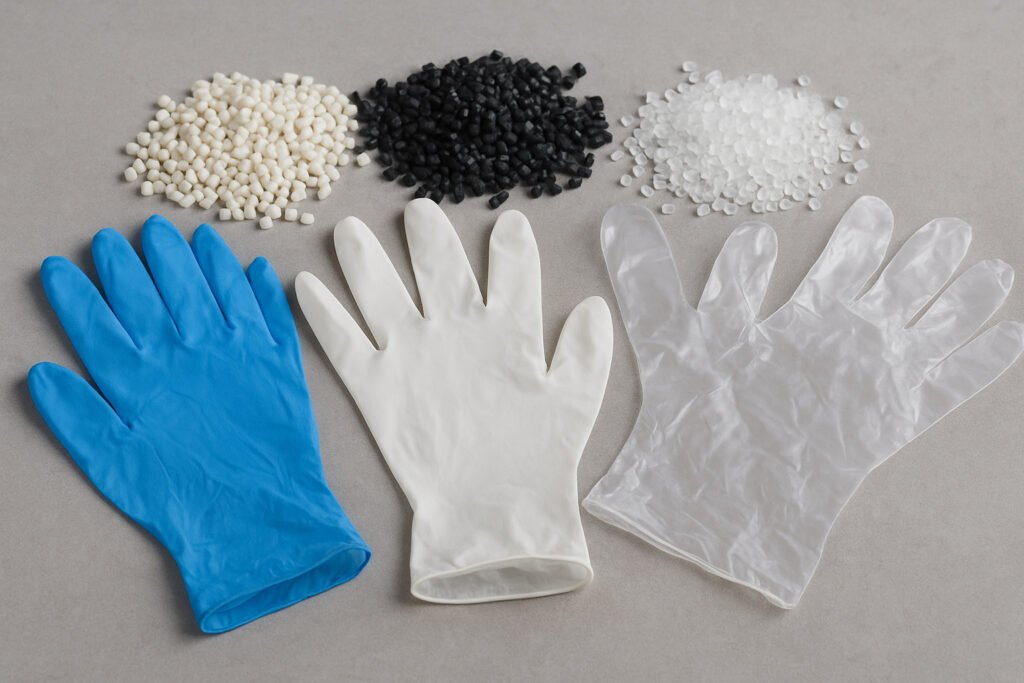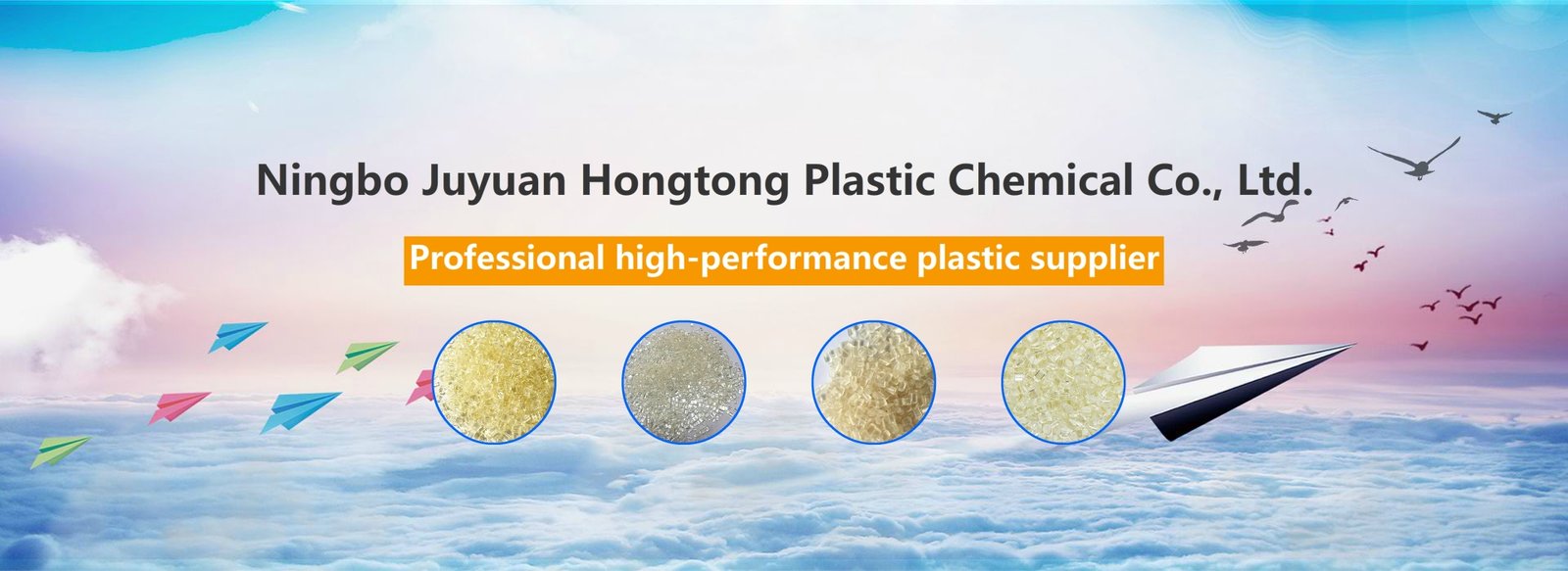1. Industry Pain Points: The Trilemma of Softness, Chemical Resistance, and Cost
The glove manufacturing industry has been facing fierce competition in recent years. While global demand continues to grow, profit margins are squeezed by raw material prices and market standards.
Manufacturers generally face three major contradictions:
・It's difficult to strike a balance between softness and strength: PVC gloves are soft but easily tear; NBR gloves are durable but have a stiff feel.
・The conflict between chemical stability and fluidity: Some formulations enhance chemical resistance but reduce processing fluidity.
・The coexisting pressures of cost and environmental protection: Customers demand non-toxicity and recyclability, but raw material prices remain high.
"Many glove manufacturers face a dilemma in selecting raw materials: they want both softness and chemical resistance, but they don't want to increase costs."
It is precisely because of these pain points that the technical reserves and service systems of plastic raw material suppliers have become key to determining the competitiveness of glove factories.
2. Root Cause: Process Issues, Actually "Material Issues"
When the following common problems occur during production:
-Uneven glove thickness and poor flowability;
-Mold sticking and difficulty releasing after molding;
-A sticky, rough finish;
-Uneven color distribution or material delamination.
Many manufacturers' first reaction is to adjust process parameters, but the real problem often lies in the raw material particle structure and additive system.
The melt index, plasticizing system, molecular weight distribution, and filler dispersion of the plastic raw material directly affect the glove's:
・Flowability and coating properties (affecting thickness uniformity);
・Film formation and mold release properties (determining production efficiency);
・Tactile feel and resilience (determining end-user experience);
・Oil, acid, and alkali resistance (determining compliance in export markets).
Therefore, having a supplier who can provide "material diagnosis + alternative solutions" is the fundamental way to resolve these issues.
3. Comparison of Mainstream Raw Material Pellets and Selection Recommendations
| ประเภทวัสดุ | Cost Performance | Features & Application Scenarios | Technical Advice |
| พีวีซี (โพลีไวนิลคลอไรด์) | ★ Lowest | Low cost and adjustable softness; commonly used in disposable gloves. However, it has poor breathability and contains plasticizers. | Suitable for non-medical applications. Using eco-friendly plasticizers improves market acceptance. |
| NBR (Nitrile Rubber) | ★★ Medium-High | Excellent oil, chemical, and puncture resistance; ideal for medical and laboratory gloves, but price fluctuates. | Highly compatible with precision molds. Blending with TPEE can enhance softness. |
| TPE (Thermoplastic Elastomer) | ★★ Medium | Recyclable, non-toxic, better touch feel than PVC, and high flowability. | Suitable for light industrial and household gloves; a mainstream alternative to PVC. |
| TPEE (Thermoplastic Polyester Elastomer) | ★★★ Higher | Excellent balance of strength and elasticity with good chemical and heat resistance. | Recommended for high-end protective gloves, heat-resistant, or reusable designs. |
| TPR (Thermoplastic Rubber) | ★★ Medium | Provides impact resistance; commonly used in protective glove back padding. | Suitable for two-shot molding and adheres well to fabrics. |
4. Juyuan's Professional Advice: A Systematic Solution Balancing Performance and Cost
Having long-term experience supplying glove manufacturers in various countries, Juyuan has accumulated extensive experience:
For light industrial and food processing gloves:
-TPE is recommended as an alternative to PVC, reducing material costs by 8%–12% while improving hand feel and smooth molding.
For medical or laboratory gloves:
-NBR or TPEE is recommended to ensure chemical resistance and tensile strength, while a small amount of TPE can be added for improved comfort.
For industrial protective gloves:
-TPR backing rubber can be used to enhance impact resistance. The material can be co-injected with fabric to reduce secondary processing costs.
Juyuan not only provides materials but also offers a comprehensive solution encompassing "formulation adaptation, cost control, and process support."
5. Market Trend: Material Transition from PVC to TPEE
The global glove industry is undergoing significant changes in its material structure:
・Environmental Trends: The European market is gradually banning PVC gloves containing phthalates; TPE and TPEE are becoming non-toxic alternatives.
・Lightweight Design: Film-grade material technology enables TPE gloves to reduce weight by approximately 15% while maintaining strength.
・Recyclable Material Applications: Recycled TPEE and partially recycled NBR systems are experiencing significant growth in the Southeast Asian market.
・Functional Additives: Conductive, antistatic, and antimicrobial additives are widely used in high-end industrial gloves.
These trends demonstrate that raw material suppliers are no longer simply selling pellets; they are now core partners in driving industry upgrades.
6. Juyuan's Partnership Advantages
As a supplier with 24 years of experience in international plastics trading, Juyuan offers glove manufacturers the following:
🌍 Multi-brand integrated supply: Covering a variety of granular raw materials, including PVC, TPE, TPEE, NBR, and TPR;
🧪 Customized formulation support: Adjusting raw material ratios based on glove application, mold structure, and production equipment;
💡 Cost optimization suggestions: Controlling per-unit raw material costs through multi-channel sourcing and alternative formulations;
📦 International logistics and inventory support: Supporting export packaging, stable supply, and bulk stocking.
For glove manufacturers, choosing Juyuan means more stable production, lower procurement risks, and stronger market competitiveness.
7. FAQ: Frequently Asked Questions for Glove Manufacturers
Q1: Can TPE gloves completely replace PVC gloves?
A1: In non-medical and light industrial applications, it is completely feasible, offering improved softness and molding efficiency. If chemical resistance is required, TPEE blending can be used to improve performance.
Q2: How are raw material price fluctuations controlled?
A2: Juyuan offers multi-brand channels and alternative solutions, helping customers maintain a stable cost structure across different markets.
Q3: Are TPE materials environmentally certified?
A3: Juyuan offers environmentally friendly materials that comply with REACH, RoHS, and FDA requirements and are suitable for export to the European and American markets.
8. Conclusion: Material Innovation Drives Competitiveness
Plastic raw materials determine the comfort, durability, and market acceptance of gloves.
Juyuan leverages years of international trade experience to transform material knowledge into a competitive advantage for manufacturers.
In the glove industry chain, Juyuan is not just a raw material supplier; it is a long-term partner that helps companies achieve stable production, cost optimization, and product upgrades.

